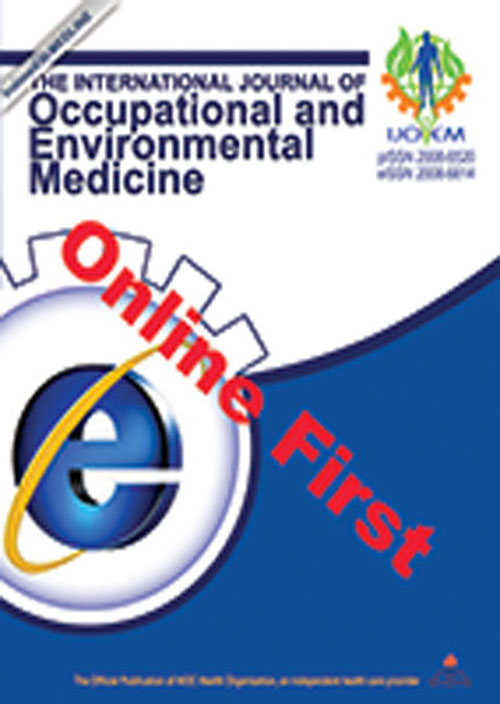Injection Safety among Primary Health Care Workers in Jazan Region, Saudi Arabia
Author(s):
Abstract:
Background
Occupational exposure to percutaneous injuries is a substantial source of infections with blood-borne pathogens among health-care workers. Few studies evaluated injection safety practices in Saudi Arabia.Objective
To examine the structure and process of injection safety at primary health care level in Jazan health district, to evaluate knowledge, attitudes, and practices of primary health care physicians and nurses towards injection safety, and to determine the incidence of needle stick injuries among health care workers in Jazan region, Saudi Arabia.Methods
A cross-sectional study was conducted in Jazan primary health care centers (PHCCs), Saudi Arabia from September 2011 to March 2012. Data were collected using an observational checklist and data collection sheet. Jazan city health district was chosen at random from the 14 health sectors in Jazan region. All the 33 (10 urban, and 23 rural) PHCCs of Jazan city were included in this study to get the predetermined sample size of health care workers. 200 health care workers (HCWs) were recruited (29% physicians, and 71% nurses).Results
Syringes in the PHCCs were disposable (100%), individually packed (92%), and available at all volumes (98%). Methods of safe disposal of needles and sharps were also operated through contracting with professional companies in 84.8% of instances. Urban PHCCs had more posts for injection safety promotion than rural centers (p=0.02). Continuous Medical Education (CME) programs on infection control were present in only 60% of PHCCs. At least 95% of HCWs in Jazan believed that sharp objects should be kept in a puncture-proof container, kept in a closed container, or disposed by a professional company. More than 80% of HCWs washed their hands by soap and water and cleaned them by alcohol before giving injection, and also got the three doses of hepatitis B vaccine.The rate of needle stick injury in the past year was 14%, without a significant difference between nurses and physicians (p=0.8). Conclusion
Jazan PHCCs have reasonable facilities that prevent needle-stick injuries. We need to design and implement more educational programs on safety injection, and increase promotion of safety injection posters, especially in rural PHCCs.Language:
English
Published:
International Journal of Occupational and Environmental Medicine, Volume:5 Issue: 3, Jul 2014
Page:
155
https://magiran.com/p1291783
دانلود و مطالعه متن این مقاله با یکی از روشهای زیر امکان پذیر است:
اشتراک شخصی
با عضویت و پرداخت آنلاین حق اشتراک یکساله به مبلغ 1,390,000ريال میتوانید 70 عنوان مطلب دانلود کنید!
اشتراک سازمانی
به کتابخانه دانشگاه یا محل کار خود پیشنهاد کنید تا اشتراک سازمانی این پایگاه را برای دسترسی نامحدود همه کاربران به متن مطالب تهیه نمایند!
توجه!
- حق عضویت دریافتی صرف حمایت از نشریات عضو و نگهداری، تکمیل و توسعه مگیران میشود.
- پرداخت حق اشتراک و دانلود مقالات اجازه بازنشر آن در سایر رسانههای چاپی و دیجیتال را به کاربر نمیدهد.
In order to view content subscription is required
Personal subscription
Subscribe magiran.com for 70 € euros via PayPal and download 70 articles during a year.
Organization subscription
Please contact us to subscribe your university or library for unlimited access!


